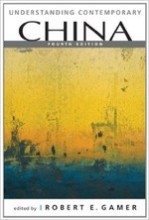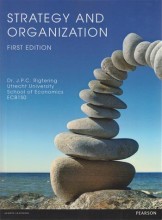Exchange rates and the Foreign Exchange Market: An Asset Approach
8 important questions on Exchange rates and the Foreign Exchange Market: An Asset Approach
Central role exchange rates
The major actor in the foreign exchange market:
2) Corporations.
3) Nonbank financial institutions.
4) Central banks.
Spot exchange rates
- Higher grades + faster learning
- Never study anything twice
- 100% sure, 100% understanding
Foreign exchange option
Foreign currency deposits future value depends on two factors:
Assets expected rate of return
Savers care about two main characteristics of an asset other than its return:
An asset with a high expected rate of return may thus appear undesirable to savers if its realized rate of return fluctuates widely.
2) Liquidity.
Assets differ according to the cost and speed at which savers can dispose of them.
Participants in the foreign exchange market base their demands on:
The risk and liquidity motives appear to be os secondary importance.
The question on the page originate from the summary of the following study material:
- A unique study and practice tool
- Never study anything twice again
- Get the grades you hope for
- 100% sure, 100% understanding






























